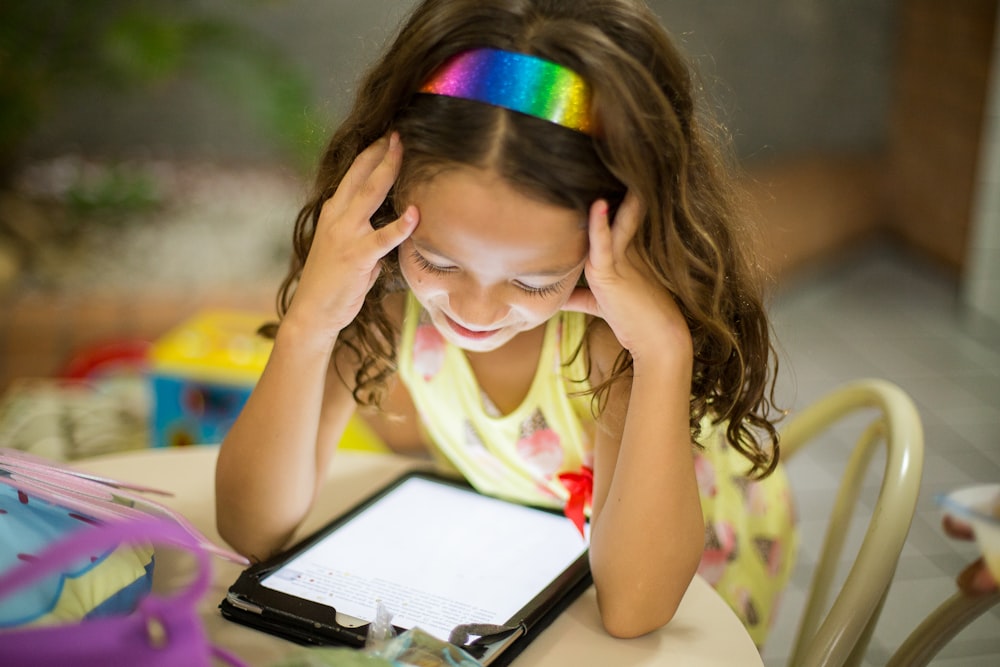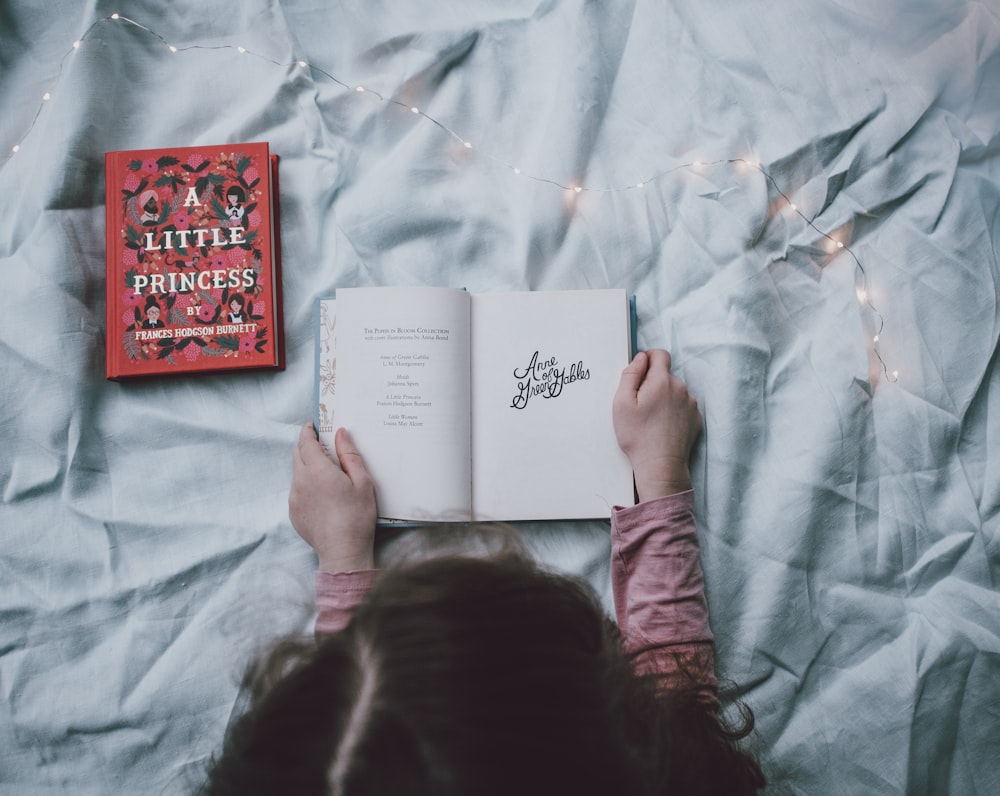Hello,
I have now narrowed down my inquiry to the ways in which technology support or disrupt the ideologies of the Reggio Emilia philosophy. In doing so, I have recently discovered that the literature around technology and the Reggio Emilia philosophy in quite limited which makes me question why there is a lack of research around a topic which seems so prevalent to the 21st century world of early childhood education.
During my search however, I did come across an article by Alper (2013) which examined Jenkins’ (2006) work around New Media Literacies (NMLs) within the Reggio Emilia context.
New Media Literacies as defined by Jenkins (2006):
- play
- performance
- simulation
- appropriation
- multitasking
- distributed cognition
- collective intelligence
- judgement
- transmedia navigation
- networking
- negotiation
- visualization

(Source: https://unsplash.com/photos/qESmLLXAmWs)
Alper (2013) warns that we must not label children as “digital natives” because this limited view excludes unequal access to opportunities, young learners challenges in identifying the ways in which media shifts perception, and children’s ethical responsibilities as media makers and participants. While respecting that digital literacies are not necessarily innate competencies of young children, Alper (2013) turned to the Reggio Emilia philosophy which positions children as competent, capable beings with what Malaguzzi (1996) describes as “100 languages.” According to Alper (2013), technological skills are just one of children’s many languages and are a way for young learners to explore “self-awareness, pleasure and gratification in learning how to manipulate, respond to and communicate with [digital tools]” (p.185).
Interestingly, unlike most educational settings in which digital tools are offered in isolated events, within the Reggio Emilia philosophy technology is provided liberally within the learning environment among other learning tools. It is through play that both learners and educators learn to manipulate, create, view, communicate, and document with technological tools. Alper (2013) also took note of the Reggio Emilia philosophy’s alignment with Jenkins’ (2006) distributed cognition principle which outlines learners’ abilities to use tools which expand mental capacities. Within the Reggio Emilia philosophy, documentation is given much gravity. Educators and learners use photography and videography to make learning visible, allowing all participants to revisit, reflect, and revise learning engagements.

(Source: https://unsplash.com/photos/8nXKXYdO-Wk)
Documentation should not be confused here with display, which may be a result of societal and cultural pressures for children to mass-produce artefacts in preschool for their parents’ delight or as ‘proof’ of learning… It is part of a process of negotiated learning, or a dynamic system of causes, effects and counter-effects via design, discourse and documentation ( Alper, 2013, p.186)
Finally, Alper (2013) examined Jenkins’ (2006) transmedia navigation principle which refers to the ability to attend to multimodal stories and information. This principle is particularly salient in the Reggio Emilia approach because of Malaguzzi’s assertion of the 100 languages. Under the Reggio Emilia umbrella has transpired Story Workshop which is a multistep method to introduce young learners to the writing process. Story Workshop engages multimodal ways of creating, sharing, and viewing. Students work to either individually or collaboratively create stories using loose parts. These stories are then photographed or video recorded and then students have the opportunity to write or draw about the story they have created. Depending on the engagement of the children, a single story may take place over many Story Workshop sessions. I am currently enrolled in an online course provided by the Opal School in Portland, Oregon which practices the Reggio Emilia philosophy. The course will go into depth about Story Workshop so I will be sure to share information that I learn over the next few weeks pertaining to technology in early childhood education.

(Source: https://unsplash.com/photos/kQd8qwmWaNQ)
Update:
To support story workshop, kindergarten teachers in the school district in which I work have shared that they have enrolled in the HP Instant Ink program for teachers. With the purchase of an HP printer, this program provides teachers the tools to print up to 300 coloured pages for only $9.99 a month. The printer notifies HP when it is running low on ink and the company mails a new cartridge to you so that you do not need to worry about running out of ink. Coloured printing enhances story workshop by enabling teachers to print the photo documentation of their students’ stories and bind them into books. By printing hardcopies of students’ stories, the children have an opportunity to review and reflect on their stories which pushes their thinking further. The teachers who shared the printing program information with me said that during quiet time, their students often choose to read and re-read their “published” stories, giving them a sense of pride and empowerment as writers.
Reference
Alper, M. (2013). Developmentally appropriate new media literacies: Supporting cultural competencies and social skills in early childhood education. Journal of Early Childhood Literacy, 13(2), 175-196. doi:10.1177/1468798411430101
